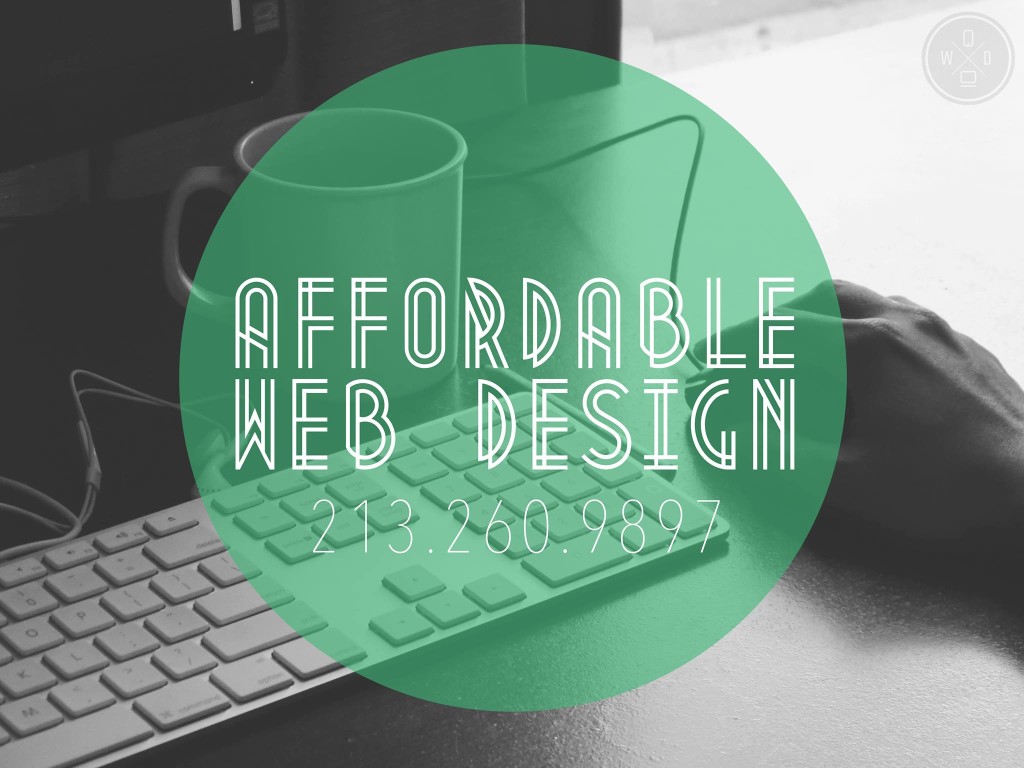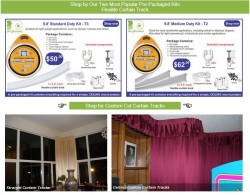
Landing Page Web Design

| Getting your Trinity Audio player ready... |
In online marketing, the landing page web design might be the single most effective tool you’ve got in your campaign. First, what is a landing page? It is also known as the Lander, or the lead capture page. It is the single page where a visitor lands on the page from search engine optimization strategies. For most websites, the homepage serves as the landing page. Other pages can also serve as landing pages depending on what you want to achieve. These include the “sign up” page, the “add to cart” page, sign up for contest page, etc.
Therefore, a single website can have as many landing pages as possible. The question is, “which page is linked to from that SEO campaign?” Regardless of the number of landing pages, the primary objective of a landing page is to increase traffic and make visitors interested on what is on offer.

There are a number of factors to consider in designing landing pages. These factors all contribute in the progressive conglomerate of how the objective of the landing page is realized.
First on the list is the appearance of the landing page. What do visitors on the site see? Is the page welcoming, engaging, and interesting to the visitor? When a visitor lands on the page, are they able to easily find what they are looking for? If these two questions are answered no, then it’s quite unfortunate that the visitor will click on the back button ASAP and that becomes a bounce. Now, one of the objectives of your SEO campaign should be to reduce bounce rates as much as possible. Moreover, high bounce rates are not good for the health of any website, especially ecommerce websites.
The second consideration is based on the purposes of the website. The purpose of the website as well as the goal of the website determines the right landing page to link. For example, the landing page for an ecommerce shop is the page showing the products. This way, the visitor will easily add the products to be bought on the cart and check out, which is all you want. If you are promoting a single product, the best practice is to link the product directly. This way, visitors and potential buyers will not lose track in the website.
The third factor is what to include on the landing page. There are mainly two items that can be included in the landing page; images and content. It is recommended that these two should be included, but with consciousness. For an ecommerce-landing page where the goal is for traffic to convert, a nice, clear high definition image of the products on sale is important. In addition to the image, a brief description of the product is effective. Remember, a single paragraph is enough. The font of the content should be sizable enough for any reader even those with slight vision problems.
Fourth, any links on the landing page should be very clear, going through, and the right color used on them. Don’t use red colors on any links, in some countries the red color strictly means stop. Therefore, visitors might not add the product to their carts because of a red color.